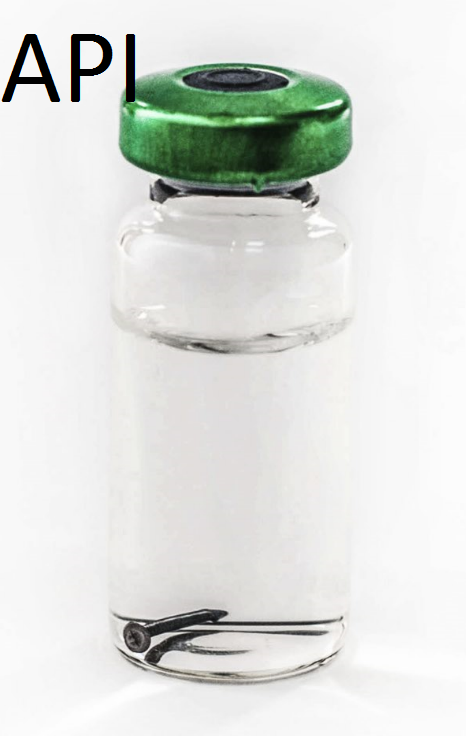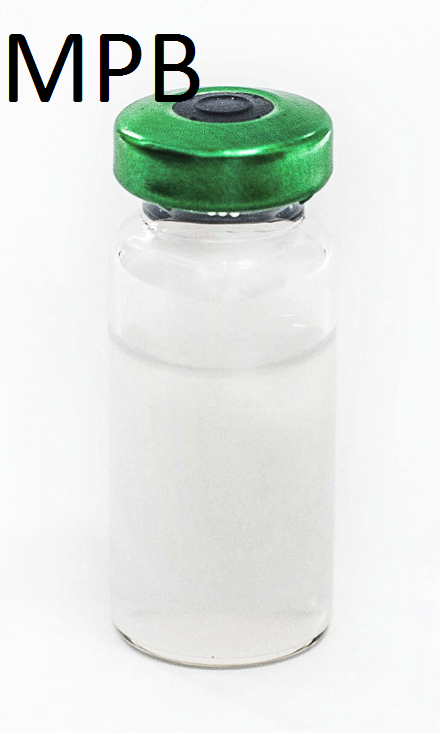Modified Postgate’s B (MPB) vs API-RP38 (API)
According to the NACE STANDARD TM0194-2014, both MPB and API media are considered acceptable for the growth of SRB (sulfate reducing bacteria); however, there are some differences that make MPB more appropriate for the current demands of the oil and gas industry.
- Some SRB strains use only sodium acetate as the carbon source. API media has only sodium lactate as a carbon source in its formulation and therefore those strains will have some difficulty growing. MPB media has both carbon sources: sodium lactate and sodium acetate to cover all possible strains.
- Some SRB will not grow if the redox potential is higher than its environment. Once the vial is inoculated, the increase in redox potential may inhibit SRB growth. MPB media has thioglycolic acid, a strong oxygen scavenger that prevents the redox potential from increasing significantly. API media does not contain thioglycolic acid.
- Calcium sulfate is also present in MPB media, which adds another source of sulfate for SRB metabolism.
- One of the main concerns our customers express is the absence of a physical nail in MPB media. According to the NACE STANDARD TM0194-2014, a nail is just an extra source of iron and is not needed in MPB since MPB contains a sufficient amount of dissolved iron to yield accurate results.



